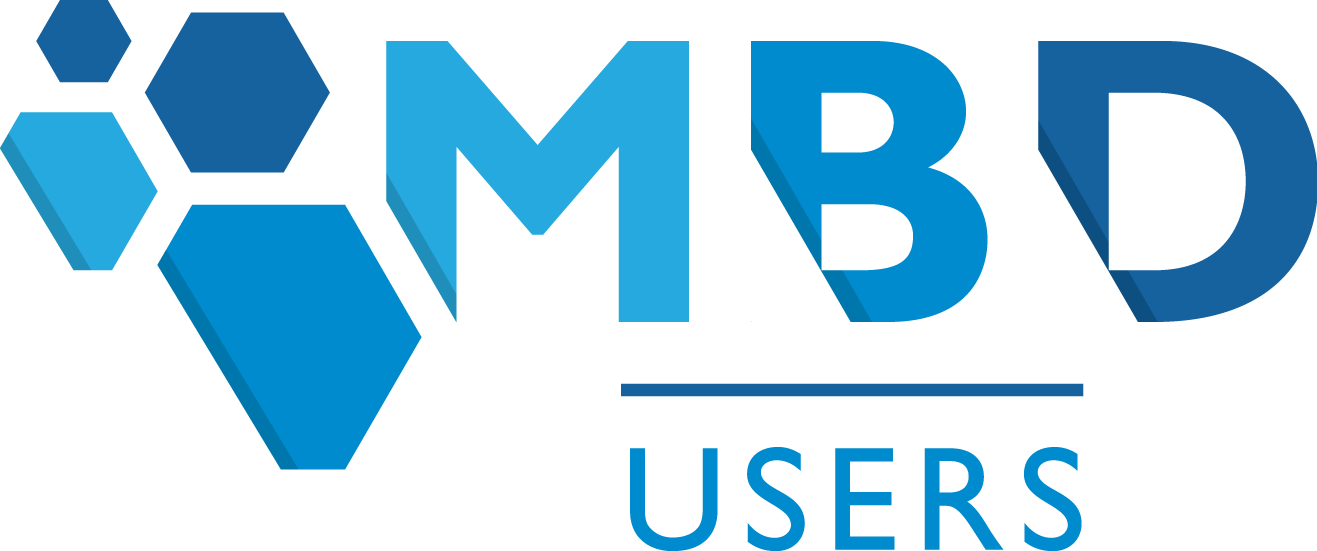Carey Barnes of Action Engineering about the future of Model-Based Definition and Model-Based Enterprise
How do you see the future of MBD and MBE, and what impact will this technology have on the manufacturing industry?
MBD and MBE will continue to impact manufacturing significantly. These technologies will drive innovation, productivity, and competitiveness by leveraging digital models and improving communication, collaboration, quality, and efficiency. Furthermore, significant interoperability, standards development, and data management improvements will continue to be made, positively affecting the implementation of MBD.
How can MBD help with higher efficiency by reducing errors, higher quality, and reducing costs?
MBD enhances efficiency by facilitating automation and integration across various stages of the manufacturing lifecycle. MBD provides a single, authoritative source of truth, ensuring everyone involved can access the same accurate and up- to-date information. This eliminates potential misunderstandings and reduces time-consuming iterations, leading to improved efficiency in the manufacturing workflow.
Additionally, when design specifications, including dimensions, annotations, and tolerances, are embedded within the digital model, it reduces the likelihood of errors and results in higher-quality products.
What challenges and obstacles can companies face during implementation?
Moving from traditional 2D drawings to 3D models requires a mindset shift and is sometimes met with stakeholders who are accustomed to their conventional methods and hesitant to adopt change. Next, MBD requires new skills and expertise from design and manufacturing teams. Action Engineering helps manufacturing organizations overcome these challenges by anticipating and proactively managing these obstacles. Action Engineering helps companies implement MBD with a customized approach combining leadership commitment, change management strategies, cross-functional collaboration, training initiatives, and effective stakeholder communication.
How do you tailor the program to the company? Which processes are standard, and which are variable?
MBD programs should be tailored to a company using a thoughtful and systematic approach. Understanding a company’s specific needs and processes and ensuring they align with its existing workflows is essential.
Standard processes included establishing guidelines and best practices for creating 3D models, developing a standardized approach to GD&T, defining data exchange formats, and implementing standardized quality control procedures provide a foundation for successful MBD implementation.
Certain aspects of the process can be variable based on a company’s specific requirements, including the software and tools, the training and education of employees, timelines for implementation, and defining organizational structure and roles.
How important is education and training for employees in successfully implementing MBD and MBE (engineering and manufacturing)?
Education and training are vital to successful MBD and MBE implementation. Change management and adoption, promoting collaboration and cross-functional teams, ensuring consistency, having competence in software tools, and understanding the core concepts of MBD are all important for successful implementation.
From what parameters is it attractive for companies to switch to MBD?
As mentioned above, some appealing factors to companies are enhanced efficiency, improved quality, and cost reduction. Regulatory compliance and accurate documentation are also significant considerations.
How can companies measure the benefits of MBD and MBE and evaluate their success?
Companies can measure their success by establishing performance metrics, assessing the impact on product quality, conducting a thorough cost analysis, and providing consistent feedback from stakeholders in design, engineering, manufacturing, and quality teams.
